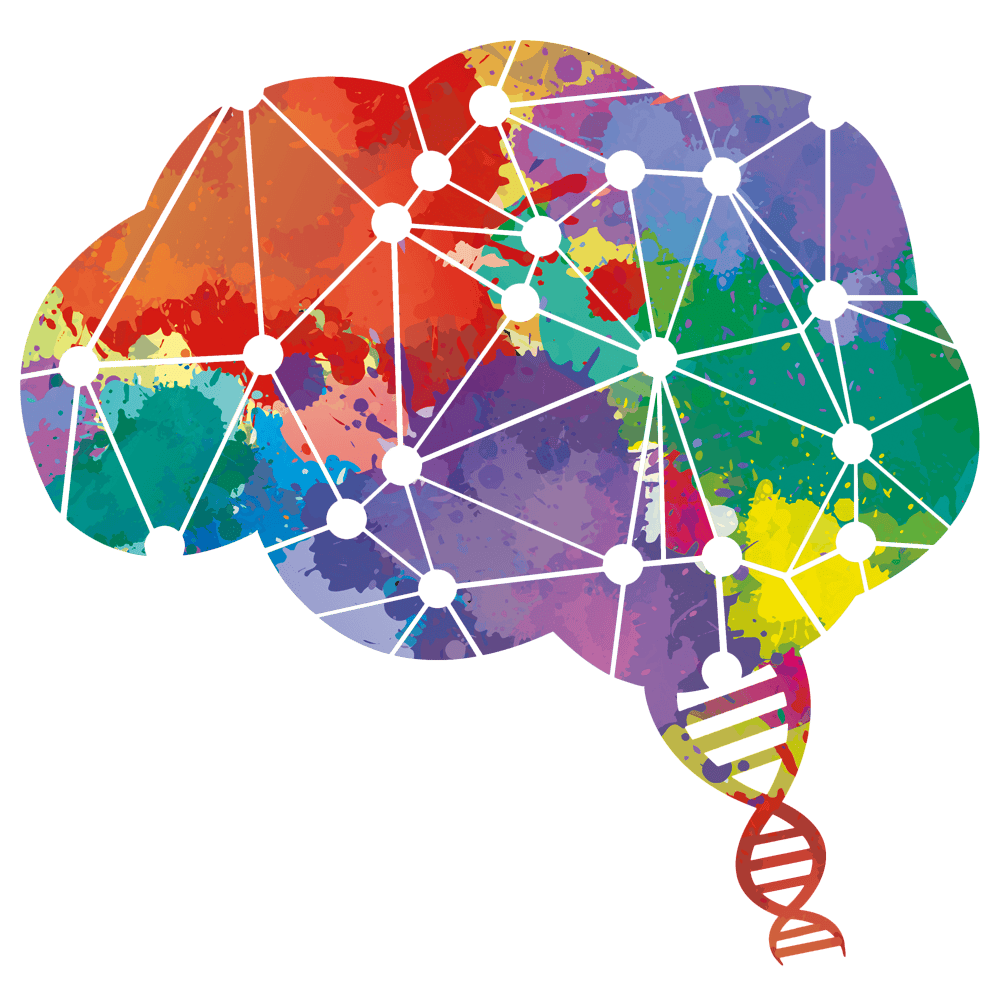Researchers: Guus Smit (lead), Jeroen Pasterkamp, Roger Adan, Matthijs Verhage, Hujib Mansvelder, Boudewijn Lelieveldt, Martijn van den Heuvel, Danielle Posthuma, Michel van den Oever, Priyanka Rao-Ruiz.
Single cell transcriptome analysis in combination with genetic association studies have indicated cell types that might be part of the behavioral repertoire at risk in different disorders of the brain. However, understanding the underlying molecular and cellular disease mechanisms requires in-depth knowledge on the function of these cells in the brain. This involves the wiring in the brain, the physiological properties and synaptic connectivity of disorder-relevant cell types. Knowledge of the wiring and synaptic connections is important because it aids in understanding how disorder-relevant behavior is processed. Moreover, it helps to target specific cells in the circuitry as an entry point for modulation, first to establish their causal implication in behavior and ultimately for treatment.
WP3 performs the crucial steps in mapping cells and circuitry of interest all the way down to the synapse level, moving beyond the existing neuronal connectivity maps and generating functional data required to understand the operation of circuitry. Neuronal tracing generates connectivity maps, an instrumental step for understanding the role of neurons in brain circuitry and behavior in WP4. Alongside, electrophysiology on cells and synapses will be used to probe functional connectivity. Another goal of WP3 is to experimentally test whether the synaptic proteome can be predicted by the scRNA signature of the cells (data from WP1 and WP2), which would facilitate synaptome mapping in the brain and the use of GWAS data on synaptic proteins that could be linked to specific synapses. Specific protocols for labeling and isolating cells and synapses have been developed and will be used for this.

(a) Cells activated by an experience are tagged or labelled with a fluorescent reporter (mCherry) for downstream analysis. (b) Fluorescence Activated Cell Sorting (FACS) is then used to isolate and harvest tagged and non-tagged neuronal populations based on their size, granularity, and expression of fluorescent reporters/viability markers. (c) Venn diagram depicting the number of proteins identified from ~3000 neurons after FACS by nano-scale Mass spectrometric analysis. (d) Sunburst plot depicting enrichment analysis of synaptic location performed in SynGO using a Fisher’s Exact Test, FDR corrected. The 68 proteins unique to tagged (mCherry+) cells were significantly enriched in different synaptic compartments while the 407 proteins unique to the non-tagged (mCherry –) population showed no synaptic enrichment.
